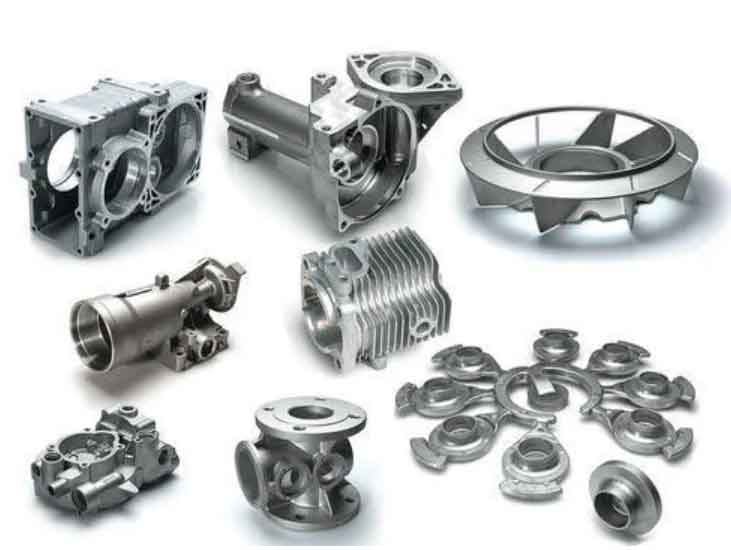
Grey cast iron is known for its excellent castability and damping properties but can exhibit brittleness, limiting its use in applications that require higher strength. However, there have been significant efforts to enhance the strength of grey cast iron over the years. Let’s explore some techniques and advancements aimed at breaking the brittle barrier and improving the strength of grey cast iron:
- Alloying Elements: The addition of alloying elements is one approach to enhance the strength of grey cast iron. Silicon, for example, is commonly added to improve the material’s strength and hardness. It promotes the formation of graphite flakes, which act as crack arresters, preventing the propagation of cracks and enhancing the overall strength of the iron.
- Heat Treatment: Heat treatment processes, such as annealing and quenching, can significantly impact the strength of grey cast iron. Annealing involves heating the cast iron to a specific temperature and then slowly cooling it, which relieves internal stresses and improves ductility. Quenching, on the other hand, involves rapid cooling to harden the material, enhancing its strength.
- Graphite Modification: Modifying the size, shape, and distribution of graphite flakes in grey cast iron can improve its strength. Techniques such as inoculation, which involves adding small amounts of inoculants like ferrosilicon or magnesium, promote the formation of desirable graphite structures, such as spheroidal or vermicular graphite. These modified graphite structures enhance the material’s strength and toughness.
- Austempering: Austempering, a heat treatment process that involves quenching and subsequent controlled heating, has been successfully applied to grey cast iron. Austempered grey iron (AGI) exhibits improved strength, ductility, and fatigue resistance compared to conventionally treated cast iron. The austempering process reduces the formation of brittle phases and promotes the formation of desirable microstructures, enhancing the material’s mechanical properties.
- Grain Refinement: Grain refinement techniques, such as the addition of grain refiners or the use of inoculants, can improve the strength of grey cast iron. These techniques promote the formation of fine-grained structures, which enhance the material’s strength, hardness, and resistance to crack propagation.
- Process Optimization: Optimizing the casting process itself can contribute to enhanced strength in grey cast iron. Factors such as mold design, gating systems, cooling rates, and solidification practices can influence the microstructure and mechanical properties of the cast iron. Advanced casting simulation software and process optimization techniques help identify the optimal conditions for achieving improved strength.
- Composite Reinforcements: Incorporating reinforcing materials into grey cast iron can enhance its strength. For instance, the addition of ceramic particles, such as silicon carbide or alumina, can improve the material’s strength, wear resistance, and thermal properties. Composite reinforcement techniques offer the potential to tailor the mechanical properties of grey cast iron to specific application requirements.
- Advanced Manufacturing Techniques: Advanced manufacturing techniques, including additive manufacturing (3D printing), have the potential to enhance the strength of grey cast iron. These techniques allow for the production of complex geometries and can facilitate the incorporation of reinforcements or the development of gradient structures, resulting in improved strength and performance.
The quest for enhancing the strength of grey cast iron is an ongoing area of research and development. With advancements in material science, casting technologies, and process optimization, it is expected that further breakthroughs will continue to expand the strength capabilities of grey cast iron, enabling its use in a wider range of applications.
